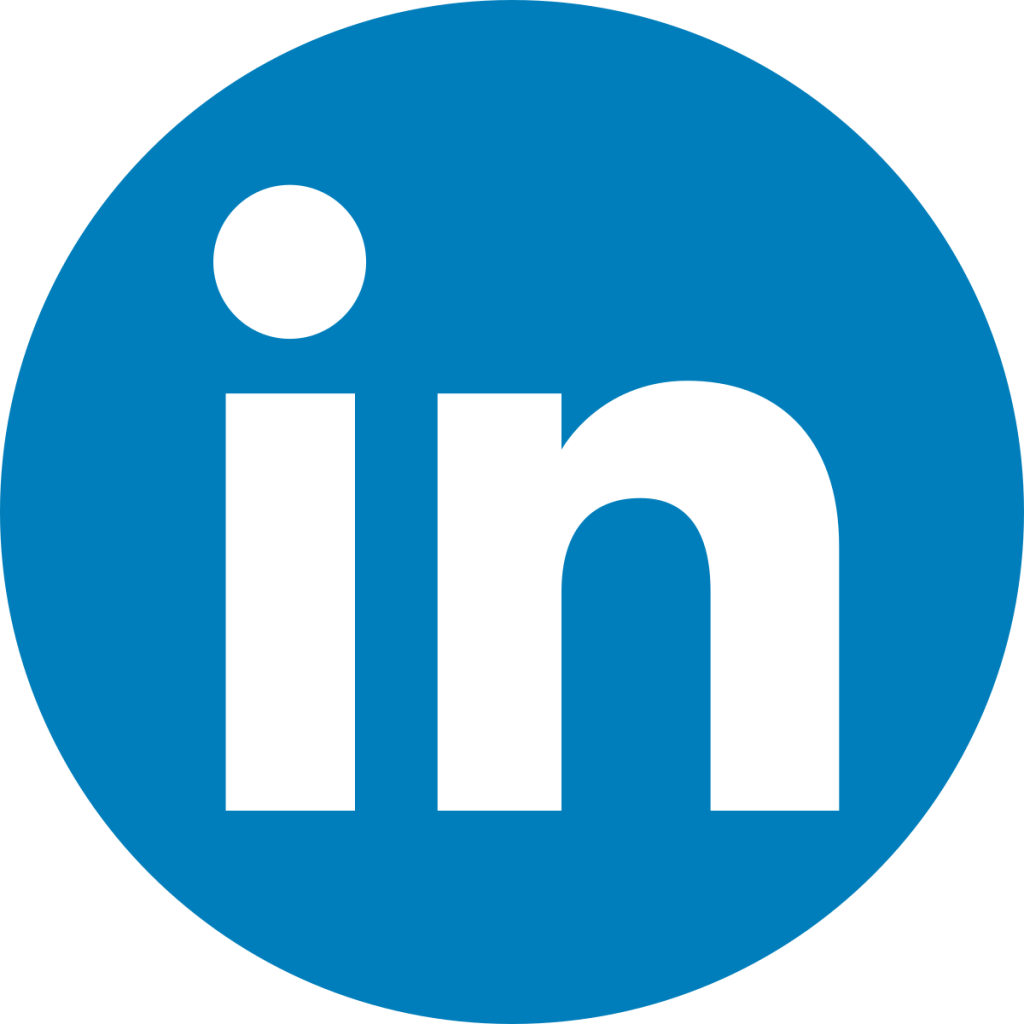The Canopy Health Board of Directors appointed Mike Robinson as the new CEO on January 24, 2019. Mike will lead Canopy Health into its next phase of growth.
Mike Robinson is no stranger to a growing customer base. During a 22-year stint at Aetna, Mike worked his way up to vice president of national accounts in the West. He managed a business with revenue north of $1 billion, covering corporate and government customers such as Boeing, Starbucks, Apple, Costco, Nordstrom, the State of Alaska, and the University of California.
Mike’s distinguished career includes extensive experience in executive and board leadership in the healthcare industry. Demonstrating his strong passion for working toward more affordable, high-quality healthcare, Mike has served on the board of directors for John Muir Health, the John Muir Health Physician Network, and Muir Medical Group, IPA. For the last two years, he served as chair of John Muir Health System and the John Muir Health Physician Network Board of Directors (2018). He is also a past board member of Canopy Health.
Mike lives in Orinda, California with his wife and two kids.
Canopy Health: How did you get your start in the healthcare industry?
Mike Robinson: I started in healthcare in 1985. I was recruited along with other recent college grads with various degrees to the Aetna Group School. After spending a summer in Hartford, Connecticut, I graduated and was licensed as a pension investment advisor and group insurance salesperson. After graduating from Group School, we were sent to various locations around the United States, and I drew a long straw, ending up in San Francisco. I hail from Seattle, so I was happy to be back on the West Coast. I was learning about healthcare and insurance at the same time.
In coming to Canopy Health, I thought about how it bothered me throughout my career at Aetna that healthcare providers and health plans didn’t work more effectively together. I saw so much energy expended on both sides battling against each other. A key premise for Canopy Health is to enable alliance partners to work much more collaboratively with our carrier partners.
CH: Did you have a career goal to become a CEO for a healthcare company?
MR: No. (Laughs.) In 2005, the chair of the board at Aetna asked me the same thing. I’m still not sure why, but I answered that I did not see CEO in the cards. In 2007, I left Aetna to spend time with my family, assumed an active role on boards, and, most recently, served on the John Muir Health board; my tenure as chair ended last December. Having that lens really helps me understand the challenges providers face. Ideas started percolating while I was on the Canopy Health board about the awesome opportunities that exist to address those challenges and what I could do to lead the organization forward in this next chapter.
CH: Can you share what you think should be the short-term and long-term strategies required to maximize the next phase of growth at Canopy Health?
MR: I want to work harder at demonstrating to our alliance partners that we are doing things for them, that we’re not another profit center in the healthcare equation. We have to be financially solid, and I will work hard to ensure that our primary role is that of enabler.
I think of the approach in terms of four domains. The first one is enabling alliance partners to have more productive and collaborative relationships with our selected health plan partners: HealthNet and United Healthcare. This is a different dynamic that Canopy Health brings to the industry because we are willing to tackle big challenges proactively. The second is enabling alliance partners to offer a different health benefits experience with added value to members, patients, and physicians. The third domain is enabling analytics and care management program capabilities for provider partners beyond what they can do on their own today. Finally, we are enabling Canopy alliance partners to compete more effectively in a very challenging environment.
CH: You and Canopy Health are bringing a mission-driven willingness to view the industry differently, for the common good?
MR: Definitely. The formation of Canopy Health is interesting, and it has strengths over other systems because our providers are a mix of local community providers who have served their communities well, a few larger systems like John Muir Health, and, of course, a highly regarded academic medical system in UCSF. They are all caught in a struggle of scale, facing much larger players in the market. They also have pressure from government programs that do not pay full freight, which shifts costs to the private sector. Our alliance partners have a common vision of quality care at an affordable price, and the Canopy Health alliance gives them a voice.
In the Bay Area, healthcare networks have consistently included everyone. In broader networks, there’s no benefit to a provider in reducing its price. Consumers generally don’t see the lower cost, and the larger systems soak up the excess with consistent increases. Likewise, health plans don’t always pass price reductions along to employers and consumers in a transparent way. The health plan partners we are working with have committed to passing our pricing through to the ultimate purchasers.
CH: How does your experience as a cancer patient navigating the healthcare system shape your vision of how you plan to lead Canopy Health?
MR: In the mid-1990s, as a young invincible 30-something, I got the shock of my life with that diagnosis. I successfully navigated the healthcare system by taking ownership of my issue. While I valued the information I received from various physicians, I also used relationships I had from the business to push the envelope and ask lots of questions. I encourage people to become informed healthcare consumers.
I also didn’t have a good primary care relationship, which validates that a strong primary care physician relationship helps you navigate the healthcare system. It’s hard to know where to go, and a healthcare partner who understands those challenges and your preferences can help direct you toward a positive outcome.
CH: You have extensive experience as a board member for multiple organizations; how do you plan on using those experiences and perspectives in your new role?
MR: By serving on boards and working for a health plan, I’ve seen the struggles in the healthcare system from both sides, and it helps me understand and think about the unique value proposition of Canopy Health — high-quality care providers who desire to play the game differently. We can work with our alliance partners and health plan partners to do things differently for the benefit of members, patients, and physicians. For example, with most HMOs, you are limited to the referral patterns of your primary care physician’s medical group. A unique benefit offered by the Canopy Health network is the ability to get referrals for care across the network. So if you’re commuting a long distance outside the territory of your home medical group, you can arrange to get care near your work location.
CH: One of Canopy Health’s taglines is “Reinventing Healthcare in the Bay Area”; what does that mean to you? What do you think that means for members, employer-provided health plans, brokers, and alliance physicians?
MR: Alliance partners realize that we need to deliver high-quality care at affordable prices and offer affordable pricing, as opposed to others in the Bay Area market who are less focused on affordability. We are looking at things we can do differently to make it easier for people, such as referral opportunities with high-quality providers and a member portal that allows members to access costs for service, which are not common in HMO offerings. We want members to feel informed and empowered. For example, we’ve activated telehealth for all members through our app.
For the long-term, we’ll gain momentum delivering capabilities for the four domains I mentioned earlier.
CH: Anything you’d like to end with?
MR: I’ve been surprised at how little providers know about healthcare plans and how they operate — and vice versa. My hope is that Canopy Health I can help bridge the gap so both sides of the partnership understand the challenges of each side, leading towards more effective collaboration in the design and pricing of health benefit plans.
View the press release announcing our new CEO! View Press Release




